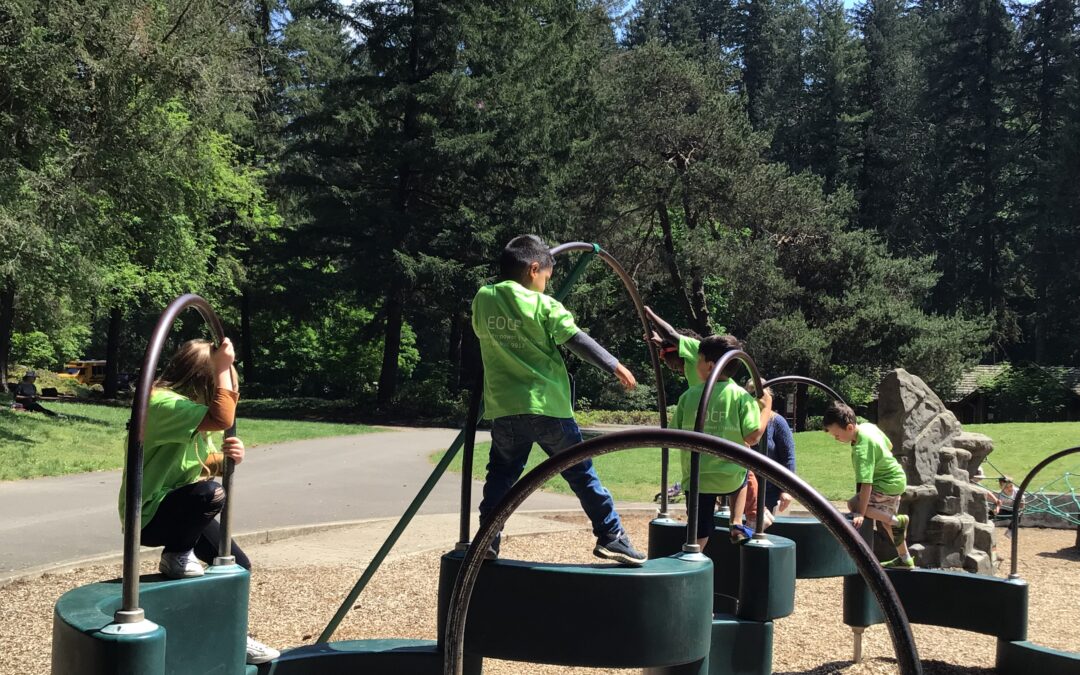Early childhood education, specifically preschool programs and parent support programs like EOCF’s, play a crucial role in supporting multi-generational change and have a significant impact on children’s development and future success.
Here’s why:
High Return on Investment (ROI)
Research shows that investing in high-quality early childhood education programs yields a high return on investment. For every dollar invested, the returns range from 4 to 14 times the initial investment.1 This ROI is not just in terms of educational benefits but also includes long-term savings in public health and criminal justice costs.
Educational Benefits
Children who have access to high-quality preschool programs are more likely to graduate from high school and attend college. They also have a reduced likelihood of grade repetition and special education placements. Numerous studies have consistently demonstrated these positive outcomes for children enrolled in early childhood education programs when compared to their peers who did not participate.2
Cost Savings
Investing in early childhood education is cost-saving in the long run. By providing children with a strong foundation, they are more likely to enter the K-12 education system well-prepared, reducing the need for costly interventions such as grade retention, special education placements, and remedial education. Plus, it creates upward mobility for their communities supporting the economic development of the surrounding region, and ultimately, the nation.3
Addressing Disproportionate Identification
Preschool programs can help address the disproportionate identification of children of color for special education services. Often, students are incorrectly labeled as having special needs when they are struggling academically. Early intervention through high-quality early childhood education, like at EOCF, can reduce the likelihood of misclassification and subsequent negative effects on a student’s academic progress and future opportunities.
Academic Preparation and Grade Repetition
High-quality preschool programs contribute to children being academically prepared for later grades. This K-12 readiness reduces the need for grade repetition, which comes with significant costs (around $8,000-9,000 per child). By supporting students and discouraging grade repetition, the education savings alone from high-quality preschool can be substantial.4
Investment in the Future
Young children of today are tomorrow’s workforce. Considering the accelerating economic growth of the nation, the need for establishing a stable, well-educated workforce is growing. According to the First Five Years Fund “Population data shows that children currently compose a smaller share of the country’s population than in previous decades. From 1960- 2020, the number of children in the U.S. decreased by 15.4%. Taken together with the prediction that the working-age population will grow by only 1.8% between 2020-2030 while the senior population will simultaneously grow 30.5%, there is a clear correlation in that the current generation of young children, which has shrunk over time, will have a much larger senior population relying on them to fuel the economy when they reach working-age.”5
It is clear that investing in high-quality early childhood education, including preschool programs and providing support to parents, is not only beneficial for children’s educational outcomes but also has long-term economic advantages. Early learning programs and parent support programs, like those at EOCF, help mitigating downstream costs in the K-12 system, reducing grade repetition, special education placements, and ineffective interventions. Ultimately, early childhood education sets children on the path to success and contributes to lasting, multi-generational change.
Sources:
1. First Five Years Fund (https://www.ffyf.org/new-data-reveals-lasting-intergenerational-benefits-of-preschool-in-children-50-years-later/)
2. The Dynastic Benefits of Early Childhood Education (https://bfi.uchicago.edu/wp-content/uploads/2021/06/BFI_WP_2021-77.pdf)
3. Marketplace.org (https://www.marketplace.org/2021/07/15/study-underlines-the-economic-importance-of-early-childhood-education/)
4. Perry Preschool Study Through Age 40 (https://nieer.org/wp-content/uploads/2014/09/specialsummary_rev2011_02_2.pdf)
5. First Five Years Fund (https://www.ffyf.org/child-care-and-pre-k-are-strategic-economic-investments-impact-on-employment-and-earnings/)
